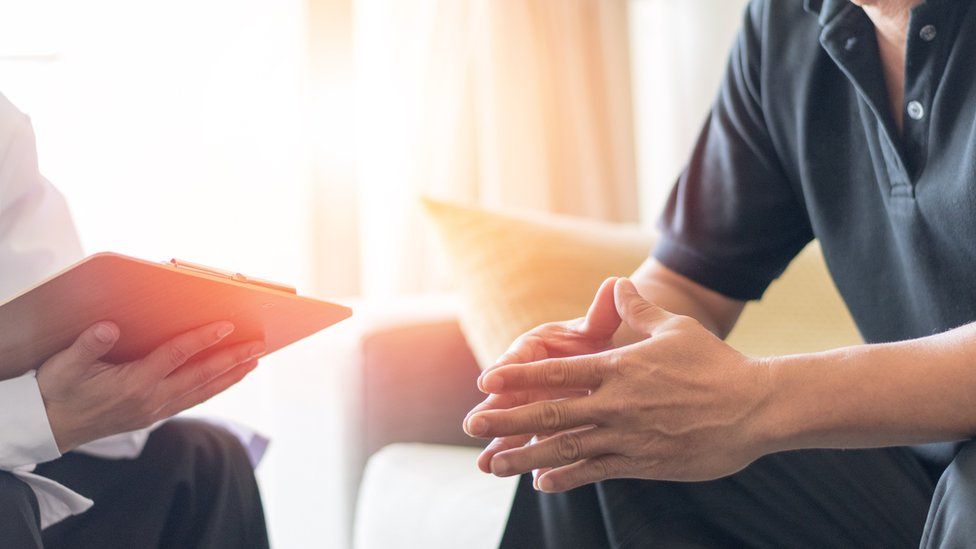-
 Mail us
Mail usinfo@myhealthhospitals.com
-
 Toll Free
Toll Free+91 9111674111
- Book Appointment
GI and Laparoscopic
A breast lump is a localized swelling or growth that can be felt or seen in the breast tissue. While many lumps are harmless, they should always be evaluated by a healthcare professional to determine if further testing or treatment is necessary, as some lumps may be indicative of breast cancer.
Breast lumps can have various causes, including:
It's worth noting that these are general causes, and a proper evaluation by a healthcare professional is essential to determine the specific cause of a breast lump.

Symptoms of breast lumps can vary depending on the underlying cause. Common symptoms include:
It's important to remember that not all breast lumps indicate cancer, but any persistent or concerning symptoms should be evaluated by a healthcare professional for proper diagnosis and treatment.

When evaluating breast lumps, healthcare professionals may conduct various investigations to determine the cause. These investigations may include:
Biopsy: In cases where a lump is suspicious or cannot be clearly diagnosed by imaging alone, a biopsy may be performed. This involves removing a sample of tissue from the lump for examination under a microscope. Types of biopsies can include:
The choice of investigations depends on several factors, including the characteristics of the lump and the individual's medical history. The healthcare professional will determine the appropriate investigations based on the specific situation.

The treatment options for breast lumps depend on the underlying cause. Here are some common approaches:
The specific treatment approach will be determined by the healthcare professional based on the individual's diagnosis, overall health, and preferences. It is crucial to consult with a healthcare provider to discuss the best treatment options for a breast lump.

No, not all breast lumps are cancerous. In fact, the majority of breast lumps are benign (non-cancerous) and can be caused by various factors such as hormonal changes, cysts, or fibrocystic changes. However, it's important to have any new or concerning breast lump evaluated by a healthcare professional to determine its nature and whether further testing or treatment is needed.
Performing regular breast self-examinations can help you become familiar with your breast tissue and identify any changes or abnormalities. To perform a breast self-exam, visually inspect your breasts for any changes in size, shape, or skin appearance. Then, using your fingers, feel your breasts in a circular motion, checking for lumps or areas of thickening. It's recommended to perform this exam once a month, a few days after your menstrual period when your breasts are least likely to be tender or swollen.
It's advisable to see a healthcare professional if you notice any new or unusual breast lump or experience changes in your breast tissue. Additionally, seek medical attention if you observe persistent breast pain, nipple discharge (especially if it is spontaneous, bloody, or clear), changes in breast shape or size, or any other concerning symptoms. A healthcare provider will be able to conduct a thorough evaluation, order necessary tests, and provide appropriate guidance and treatment based on your specific situation.
Remember, always consult with a healthcare professional for personalized advice and guidance regarding breast lumps or any other health concerns.
If you cannot find answers to your queries, please fill out the ENQUIRY form or call the number below. We will contact you shortly
+91 9111674111Visit any of our My Health Hospitals branches for advanced medical care and expert consultations.
H.No 15-24-212, MIG-212, Rd Number 1, K P H B Phase 1, Kukatpally, Hyderabad, Telangana 500072
H.No:-12-5-30, WhiteHouse, Moula Ali Rd, South Lalaguda, Tarnaka, Secunderabad, Telangana 500017